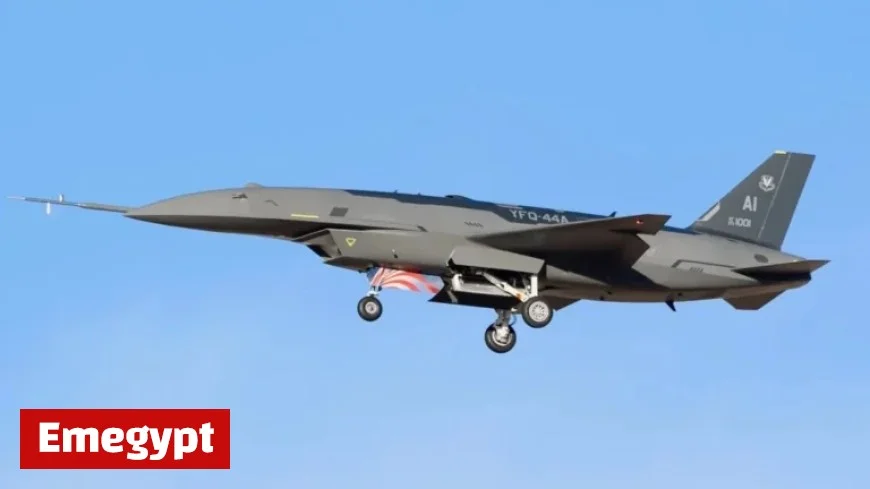Anduril’s YFQ-44 Fury Drone Takes Flight with Updates

Anduril’s YFQ-44A Fury drone has successfully completed its inaugural flight, marking a significant development in military aviation technology. The YFQ-44A is part of the U.S. Air Force’s Collaborative Combat Aircraft (CCA) program, which aims to integrate uncrewed aircraft alongside crewed fighter jets.
Milestone Flight of YFQ-44A Fury Drone
The YFQ-44A prototype took to the skies at Southern California Logistics Airport in Victorville, California, accompanied by two L-29 Delfin trainer jets acting as chase planes. This flight follows the earlier debut of General Atomics’ YFQ-42A in 2023, making the YFQ-44A’s flight a pivotal event in the CCA program.
Technical Advancements and Objectives
According to the Air Force, this flight represents a rapid progression from concept to execution, achieved in less than two years. The testing phase aims to enhance understanding of flight performance, autonomous functions, and system integration. Secretary of the Air Force Troy Meink emphasized that competition within the CCA program is crucial for driving innovation and expediting delivery.
- Key Features:
- Enhanced survivability and lethality
- Autonomous operation capabilities
- Integration with crewed aircraft
- Development Timeline:
- Initial flights conducted in 2023
- Ongoing testing through 2025 for autonomous capabilities
- Full-scale production set to begin in 2026
Future Plans for YFQ-44A
Anduril plans to utilize a new facility in Columbus, Ohio, named Arsenal-1, to increase production efficiency. The facility will support low-risk manufacturing processes and enhance the production rate of the YFQ-44A. The company envisions producing hundreds of these drones to meet military demands.
Jason Levin, Anduril’s Senior Vice President of Engineering, noted the focus on autonomy for the YFQ-44A. Unlike traditional remotely piloted aircraft, the drone’s operations will be largely autonomous, capable of executing missions and managing its flight controls independently. This approach signifies a shift in air combat dynamics.
Moreover, plans include integrating weapon systems and conducting live-fire tests in the coming year. As the YFQ-44A progresses through its flight testing, it aims to demonstrate robust performance in mission scenarios alongside crewed aircraft, further reinforcing its role in modern air combat.
Broader Implications for the U.S. Air Force
The YFQ-44A’s successful test flight is instrumental not only for its own development but also for the U.S. Air Force’s broader CCA strategy. It aims to redefine tactical operations by enhancing uncrewed capabilities in conjunction with existing air power, thereby preparing the force for future challenges.
The Air Force has indicated that it may acquire between 100 to 150 drones of different configurations as part of this program, signaling strong commitments to uncrewed aviation technology as essential for the future of military operations. As developments unfold, the YFQ-44A will be crucial in shaping the landscape of modern air warfare.






























